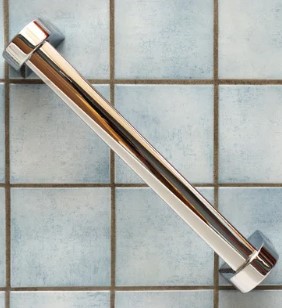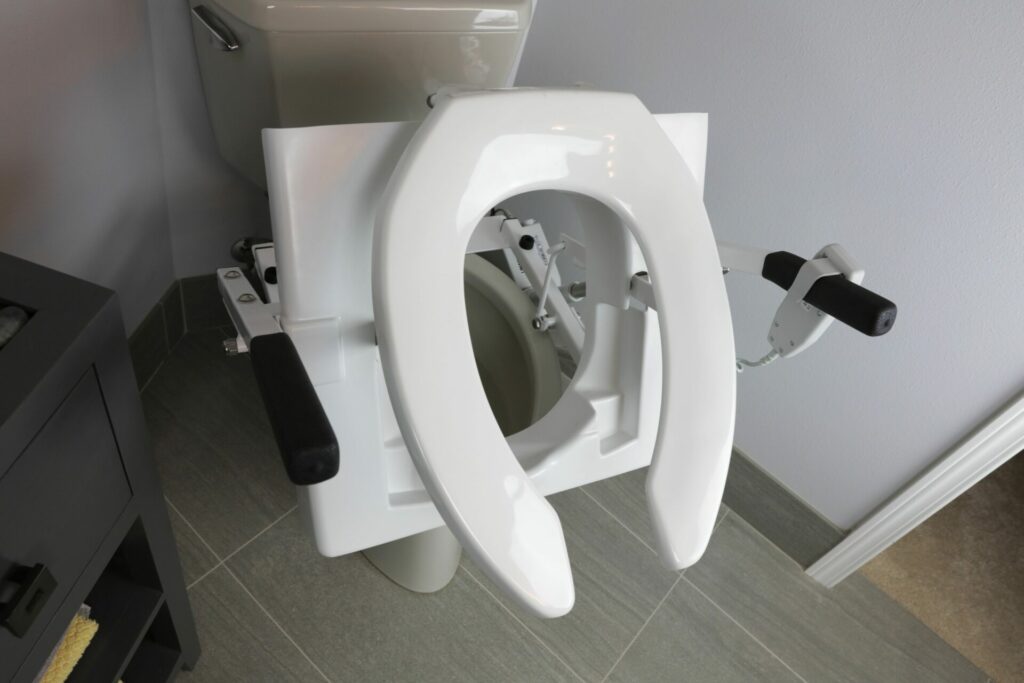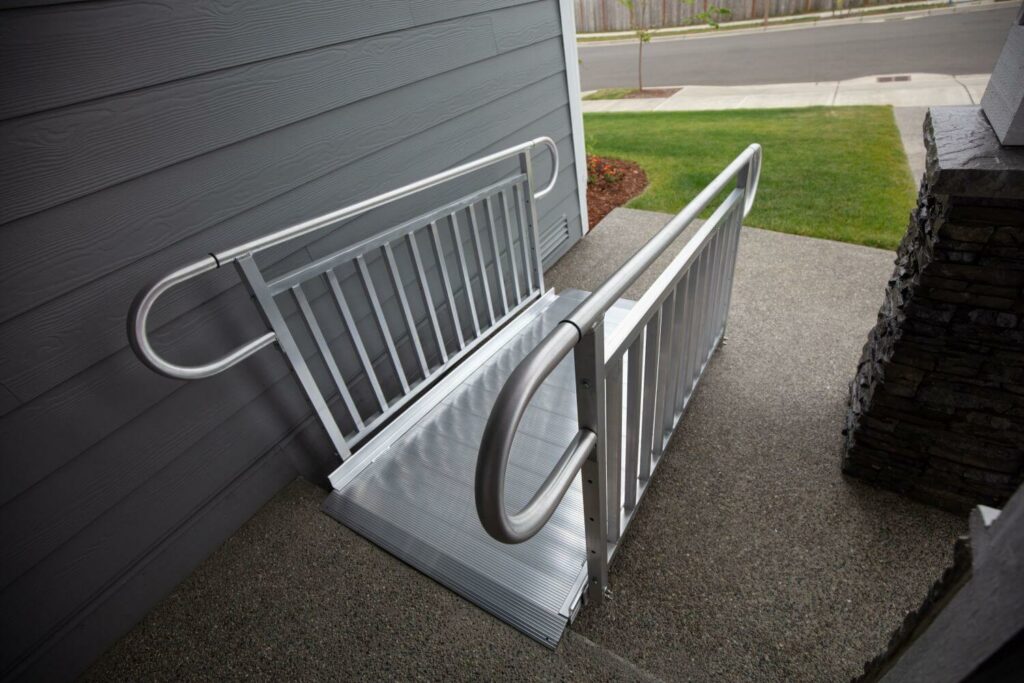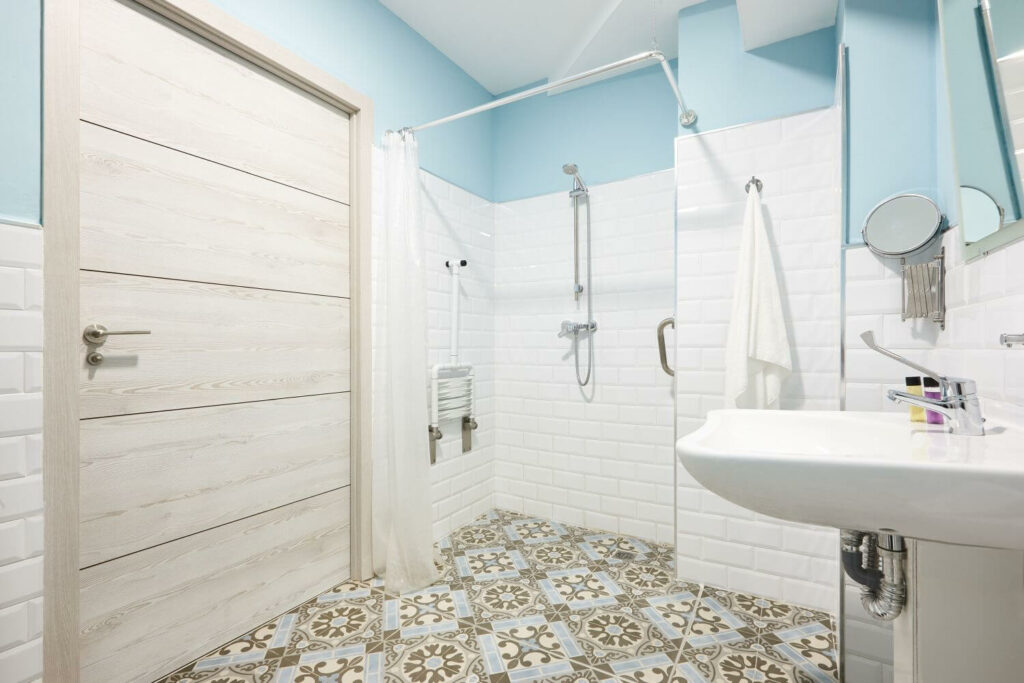Creating an inclusive living space is essential for individuals with disabilities or mobility challenges. Accessible home modifications can significantly improve independence, safety, and overall quality of life. In this comprehensive guide, we will explore various aspects of accessible home modifications, from bathroom remodeling to door widening and beyond. By making your home more accessible, you can create a welcoming environment for everyone. If you’re considering accessibility bathroom remodeling or other home modifications, Thrive Homes is here to help. We specialize in creating functional and inclusive living spaces tailored to your specific needs.
Understanding Accessible Home Modifications
Accessible home modifications encompass a range of changes made to the physical environment to ensure ease of use and accessibility for individuals with disabilities. These modifications can involve bathroom remodeling, widening doorways, installing ramps or lifts, and adapting kitchen and living spaces. The goal is to create a safe, functional, and inclusive living space that promotes independence and allows individuals to navigate their homes with ease.
Accessible Bathroom Remodeling

Installing grab bars and handrails in the bathroom is crucial for maintaining stability and preventing falls. These sturdy supports can be strategically placed near toilets, showers, and bathtubs to assist with transfers, balance, and maneuverability.
Roll-in Showers and Walk-in Bathtubs
Roll-in showers and walk-in bathtubs eliminate barriers and make bathing more accessible. Roll-in showers have a flush threshold, allowing wheelchair users to roll in easily, while walk-in bathtubs provide a low step or door for safe and convenient entry.
Raised Toilet Seats and Lowered Vanities

Raised toilet seats make it easier for individuals with limited mobility to use the toilet independently. Lowered vanities ensure accessibility for wheelchair users, allowing them to comfortably reach sinks and mirrors.
Door and Hallway Widening
Before widening doors and hallways, it’s important to assess specific accessibility needs and consult with professionals. Factors such as wheelchair dimensions, turning radius, and individual preferences should be considered.
Expanding Doorways
Widening doorways involves removing existing door frames and expanding the width to accommodate wheelchair access. This modification enhances ease of movement throughout the home and promotes independence.
Creating Spacious Hallways
Expanding hallways creates wider pathways, allowing individuals using mobility aids or wheelchairs to navigate freely. Hallway modifications involve removing walls or adjusting the layout to increase overall space.
Exterior Ramp Installation

Exterior ramps provide accessible entry points for individuals with mobility challenges. These ramps can be made of various materials, such as wood, concrete, or aluminum, and should comply with safety standards to ensure proper incline and traction.
Stair Lifts and Platform Lifts
For homes with staircases, stair lifts and platform lifts offer convenient transportation between levels. Stair lifts are motorized chairs attached to a rail system, while platform lifts provide wheelchair-friendly platforms for vertical movement.
Elevators for Multi-Story Homes
In multi-story homes, installing elevators is a comprehensive accessibility solution. Elevators ensure easy access to all levels, accommodating individuals with mobility limitations or wheelchair users.
Kitchen and Living Space Modifications
Lowering countertops and cabinets enables individuals in wheelchairs to comfortably use the kitchen space. Adjustable-height countertops and pull-out shelves offer flexibility for users with varying needs.
Accessible Appliances and Controls
Choosing appliances with accessible features, such as front-control ranges, side-by-side refrigerators, and easy-to-reach buttons, enhances usability. Smart home technologies can also be integrated to control appliances and devices through voice commands or mobile applications.
Open Floor Plans for Easy Maneuverability
Open floor plans maximize space and facilitate seamless movement throughout the living areas. Removing barriers like walls and furniture arrangement ensures easy maneuverability for individuals with mobility challenges.
Frequently Asked Questions
Q. How do I determine which home modifications are needed?
A. Consulting with professionals such as occupational therapists or accessibility experts can help assess specific needs and recommend suitable home modifications based on individual circumstances.
Q. Can I get financial assistance for accessible home modifications?
A. Financial assistance may be available through various sources, including government programs, grants, or insurance coverage. Research local resources and reach out to organizations specializing in accessibility to explore funding options.
Q. How long does the process of home modification take?
A. The duration of the home modification process depends on the scope of the project, the complexity of modifications, and various other factors. It’s important to consult with contractors and accessibility experts to get an estimated timeline for your specific project.
Home Modifications, Friendly Improvements, and Accessibility Conclusion:
By implementing accessible home modifications, you can transform your living space into an inclusive environment that promotes independence and enhances quality of life. Whether it’s bathroom remodeling, widening doorways, installing ramps or lifts, or adapting kitchen and living spaces, Thrive Homes is your trusted partner in creating functional and inclusive living spaces. Reach out to them today to discuss your accessibility bathroom remodeling needs and embark on the journey of creating an inclusive home that supports your unique abilities and preferences.

